 My Baby Won't Sleep On Its Back!
My Baby Won't Sleep On Its Back!Baby sleeping on her side? How to encourage your child to sleep on her back The first rule is that you should always put your baby in the back, from the moment she was born, to prevent sudden childhood death syndrome (SID). However, it is no secret that babies sometimes merge when they are on their backs. And if you've ever seen it happen spontaneously at nap time, you might have noticed that your baby seems more content touching his stomach. In fact, sleeping in the belly seems to be the preferred position for many babies. Small children may be less likely to start and wake up, possibly because they feel safer and cozier cuddling against the mattress. But even though your baby might be more comfortable touching your stomach, it's not safe until it's strong enough to roll over your stomach. That's why it's so important that your baby sleeps in the back, as well as tips to encourage sleep. Baby sleeping on one side vs. Is it safe for babies to be put to sleep on their sides or tummies? The short answer is no. You should put a baby to sleep in the back from birth and keep doing it until she's 1 year old. While the highest is during the first six months, the recommendation of "return to sleep" is applied for the entire first year. Even with this basic message dispatched, you might be asking why side and stomach sleeping positions are so risky before the baby is rounded up. Here's a look at the potential dangers. increases the risk of small island developing States to 12.9 times, shows research. Side sleep also makes small island developing States more likely, although they are still very rare, with an incidence rate of 0.35 per cent, or 35 deaths in 100,000 live births, according to the Centers for Disease Control and Prevention (CDC). Read This NextInfants tends to sleep more deeply in their stomachs, which experts suggest can murmur their exciting responses. That could prevent them from waking up during normal sleep apnea episodes, so they can resume normal breathing patterns. The stomach or side dream can also set the stage for "breathing", where a baby breathes in his own breathed air, causing his oxygen levels to fall and his carbon dioxide levels to increase. The rebirth could be even more likely to occur if a baby is sleeping on a soft mattress or with blankets, pillows or stuffed animals near his face. Finally, the stomach or side dream can also make it harder for your baby's body to release excess heat. This can lead to overheating, another factor that makes small island developing States more likely. How to get a baby to stop sleeping on her side If it seems that your newborn can't sleep comfortably on her back, she's not alone. Many babies seem to feel safer in their belly or side. If that's the case, there are things you can do to try to keep your baby happy and safe while resting. From the day you bring him home, try these strategies for your baby to sleep in the back (and keep him in that position!). Close your baby. A cozy burrito-style wrap will help give your baby the security he is eager to sleep in his stomach. It is easy once you get the hang of it, but you can also side the fold and tune completely by opting for a . Some important tips to take into account security: Make sure your baby's room is cold enough to be comfortable in the extra layers, as overheating is another risk factor for SIDS. He also knows that you will need to leave the exchange blanket (or change to a swaddle-sack hybrid or a sleeping bag, which cannot be kicked) as soon as your baby shows signs of trying to roll. That usually happens between 3 and 4 months old, but it can be as young as 2 months for some babies, so it is safer to stop changing when your baby is about 2 months old. Offer him a pacifier when you put it for his nap or sleep at night. Having something to suck can be soothing, it's also more difficult for babies to keep the pacifiers in their mouths if they roll over their tummies or sides, so it's a tactic that often works well to keep them sleeping on their backs. Skip the positioner Stay away from the wedges, roll blankets or other positioners placed on your baby's mattress. Although some of these products might seek to prevent small island developing States, they actually pose a serious risk of asphyxiation. Turn it on.Try your baby to be more comfortable sleeping on your back by shaking it until you are drowsy, then transfer it to the cradle and put it on your back. Follow with itConsistency is key when it comes to any sleep routine. Therefore, even if it could take some time and persistence, even if it seems that your newborn will not lie on your back, it will eventually get used to position, especially if you have never known another way of brooming. Knowing when to call the doctor The vast majority of babies adjust to sleep on the back, even if they are not big fans at first. But talk to the pediatrician if your baby merges every time you put him to sleep on the back. It's rare, but there are some physical and anatomical reasons a baby may be uncomfortable sleeping on your back that your pediatrician should rule out first. Is it all right if the baby swept over his stomach while he was sleeping? It can be irritating to look at the crib or bassinet and see that your baby has fought over your stomach or side, especially the first time. But don't panic: It's okay for your baby to walk in his sleep, and if he does, you don't have to move it. Most babies dominate the art of between 3 and 6 months. And once they do, many decide they prefer to sleep on their stomachs or sides. Fortunately, you don't have to worry about putting it back. Once your little one is able to roll and change positions easily, it is strong and agile enough to protect against the factors that make the mummy sleep dangerous for younger babies. In short, babies who can roll over and over are at a significantly lower risk of SIDS, which experts believe is because babies with that capacity have also developed maturity to feel problems during sleep and move to a safer position. That said, even if your baby changes position at night, you should keep putting him to sleep on his back until his first birthday. (If he wants to turn after you knocked him down, that depends on him!) And of course, you should keep sticking with other safe sleep patterns, such as putting your baby on a firm surface and keeping the cradle free from any other object, including blankets, pillows, bumpers, loose fit sheets and stuffed toys. It's normal that your baby doesn't sleep on the back, but it's the only sure way to get naked. Put your baby to sleep on your back every time, and take other steps to help you feel cozy and safe as if you were exchanging or offering a pacifier. He will eventually adjust, and both will be able to rest easier. More about what to do if the baby spends at night From the editorial team What to Expect and, author What to Expect the First Year. Health information on this site is based on highly respected peer-reviewed medical journals and health institutions, including (American College of Obstetricians and Gynecologists), (Centers for Disease Control and Prevention) and (American Academy of Pediatrics), as well as Heidi Murkoff's What to Expect books. Go to your baby's age Trend in what to expectDepression of a starting point During a pandemic: Is COVID-19 putting more mothers at risk? What order and when does the baby appear? This baby's teething letter can help contribute to You can't see this cool content because you have the enabled ad block. Please clarify our site to get all the best offers and offers from our partners. Pregnancy Nutrition Graph: 33 Essential Nutrients for Pregnant WomenIs it safe to use baby powder during diaper changes? Your Baby's Vaccine Program: What shoes should your child have when? The educational health content about what you expect is to be updated and in line with evidence-based medical information and accepted health guidelines, including medical examination What to expect Heidi Murkoff's books. This educational content is not medical advice or diagnosis. The use of this site is subject to our and . © 2021 Health of All Days, Inc
Help! Baby doesn't sleep unless HeldBaby didn't sleep unless he's healed The baby doesn't sleep unless it feels.Have you had this problem? You put your baby as smoothly as possible, but the second sheet pajamas, the scream begins. Give your baby back in the chest? The crying stops immediately. This common struggle depletes parents and makes them feel... harassed. Babies aren't fools! They know something good when they find it. For him, his warm, familiar body, subtly touching (arms or chest) is much more welcoming than that silent, cold, still low. And although it feels very sweet (or more sincerely, as your only option) when it crashes into your body, it is actually risky to leave it. Is it dangerous to have a baby to sleep? The happiest founder of the baby, Dr. Harvey Karp said, "I've received emergency calls in the middle of the night after the babies sleeping on the breasts of Mom or Dad fell to the ground. In addition, co-sleeping on unsafe surfaces such as sofas, reclining chairs and adult beds, increases the possibilities of SIDS. "What should I do if my baby only sleeps when it is celebrated? What should I do if my baby only sleeps when it's celebrated? Many parents find that giving their babies a "fourth quarter" of comforting stimulation – only using it – can help improve sleep. Unfortunately one of the 5 S's is not safe to use to sleep... That's the side stomach position. So if you have a baby who really loves that particular "S" you want to do the other 4 S, even more, to try to help your baby sleep on the back. Sharing can help a baby feel more wrapped – like in the uterus – which reduces booting and helps babies feel more comfortable in the back. [Read more: ][Read more: ]Also, using the right kind of rumbly white noise all night can keep babies sleeping longer...and less dependent on sleeping over their parents. Working with thousands of families, Dr. Karp acknowledged that many babies still prefer to sleep on their parents, despite being exchanged and having white noise. It was because he has worked for 5 years with engineers trained by MIT to develop a bed that is highly effective in soothing babies and promote sleep by adding movement similar to the uterus to the best exchange and white noise to create a dream environment that really gives babies a "fourth quarter" of soothing care. SNOO: The Solution if your baby only sleeps in your chestSNOO imitates the sounds and movement of the uterus and makes the baby feel "at home again", calming the cry and feeding it in the dream. Yes, exchange, white noise and pacifiers are great signs of your own right, but think of the SNOO as a unique solution. Also, after your baby has come to sleep, SNOO falls to a level to "keep sleep" through the night. This is incredibly useful for finite babies who gnash the bed still because it prevents them from waking up any small blow at night. And, SNOO gradually leaves your baby out of their sound and movement for 6 months to make an easy transition to the cradle of big children. And in the meantime, the mother, dad and the baby will be better rested and careless. So while SNOO must solve its agony "I can't get-Him-Down", you will still want to teach your baby self-sufficiency skills. It does better – and it is a great help for all parents, whether SNOO is suitable for their family. While it sounds counterintuitive, waking up your baby a little before lowering it helps your uncle sleep. That's the ultimate goal, for him to do it on his own without the whole routine! Do you have questions about a happier baby product? Our consultants would be happy to help! Connect with us in . Disclaimer: Information on our site is NOT medical advice for any person or specific condition. It is only understood as general information. If you have any medical questions and concerns about your child or yourself, please contact your health care provider. Top StoriesBABYBABYBABYBABYBABYSNOORelated Stories Share the article Disclaimer: Information on our site is NOT medical advice for anyone or specific condition. It is only understood as general information. If you have any medical questions and concerns about your child or yourself, please contact your health care provider. Get Dr. Karp's bulletin! It's like a weekly chat with America's pediatrician #1...more all our promotions, product releases and more! Get Dr. Karp's bulletin! It's like a weekly chat with America's pediatrician #1...more all our promotions, product releases and more! Copyright © 2021 Happiest Baby, Inc ← All rights reserved* In the 48 United States contiguous, customers will be charged $59.50 to send the SNOO back. Additional charges will apply for shipping to and from Alaska and Hawaii.* An additional shipping fee of $185 will be applied to SNOO purchases sent to Hawaii and Alaska.

Baby Wont Sleep On His Back? 6 Tips To Help | BellyBelly
What to Do When Baby Won't Sleep on His Back | CafeMom.com
Baby Sleeping on Side vs. Back: Which Position Is Safer?
Help! Baby Won't Sleep Unless Held – Happiest Baby
28 Things To Try If Your Baby Will Not Sleep (Some Work Instantly!)
Baby Won't Sleep? 11 Common Problems by Month Age and What to Do
What To Do If Your Baby Won't Sleep On Their Back
Baby Won't Nap?: Dr. Harvey Karp's Tips for Preventing Nap Disasters – Happiest Baby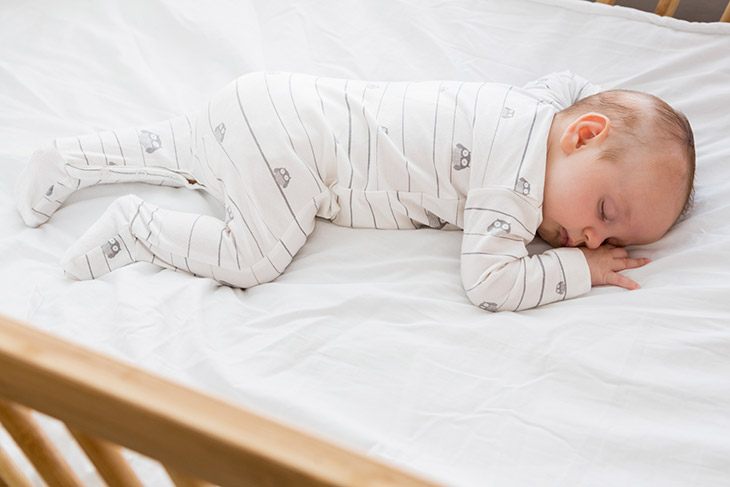
Newborn Baby Wont Sleep On Back - newborn baby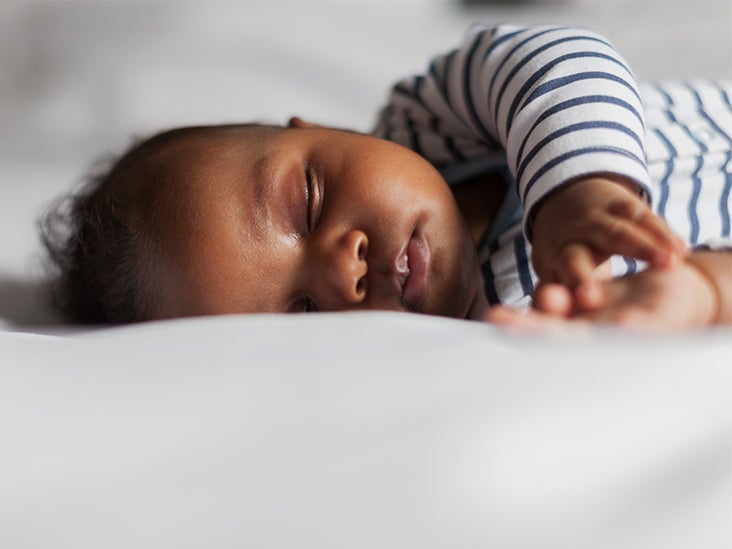
Baby Sleeping on Side: What Can Happen and When Is It Safe?
How To Get Your Newborn To Sleep Alone (Step-by-Step)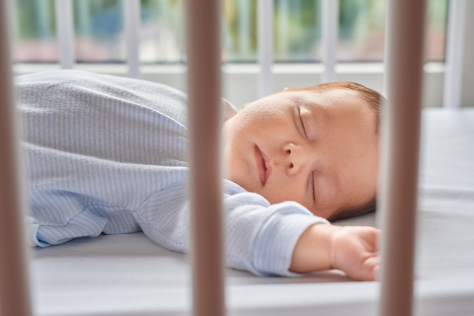
Top 10 Ways to Help Your Baby Settle to Sleep | Bounty
5 Things To Avoid When Sleep Training Your Baby | Parents
Common Myths About Baby Sleep Challenges • ZERO TO THREE
What to Do When Baby Won't Sleep on His Back | CafeMom.com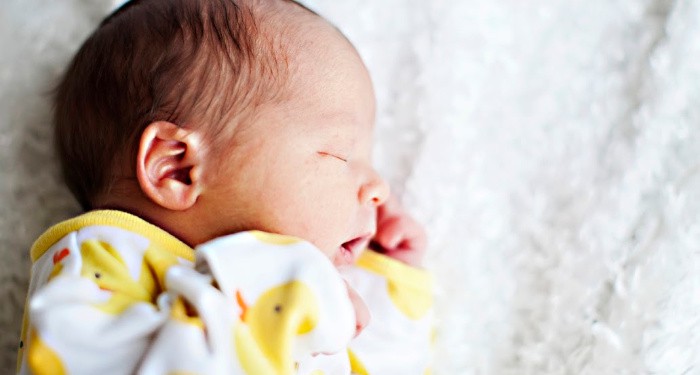
Top 10 Baby Sleep Tips That'll Help Baby Sleep Longer Stretches
Getting Your Baby (or Toddler) to Sleep in the Crib: Tips and Tricks
How to Get Baby to Sleep In Their Bassinet (4 Simple Tips)
Baby Bedtimes: What to Do If Your Newborn Won't Sleep – Happiest Baby
Teach Your Baby to Sleep (In Just 7 Days) | Parents
Our Baby Won't Sleep | Parents
How to Set Good Sleep Patterns for Your Baby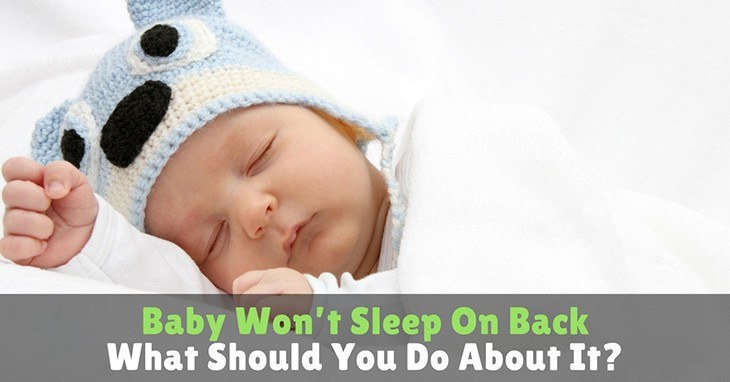
Newborn Baby Wont Sleep On Back - newborn baby
Newborn Not Sleeping: Tips and Tricks
28 Things To Try If Your Baby Will Not Sleep (Some Work Instantly!)
We want our bed back | My baby won't sleep alone | Alex Gladwin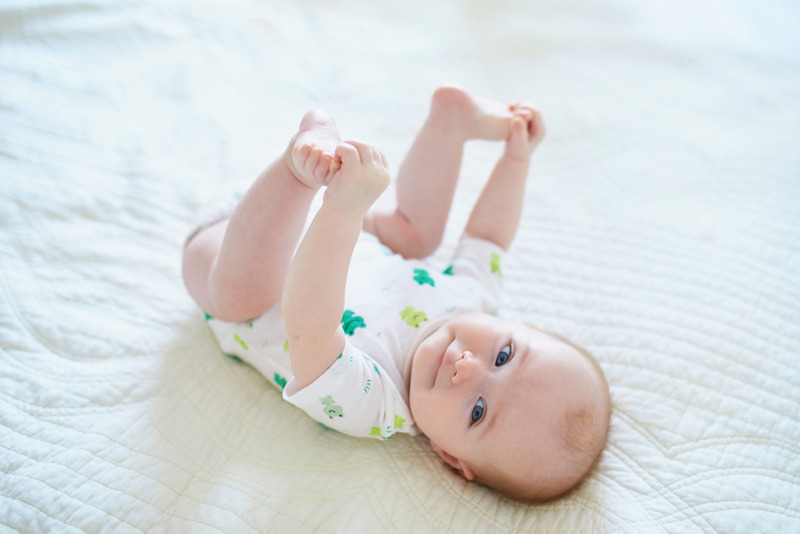
Newborn Baby Wont Sleep On Back - newborn baby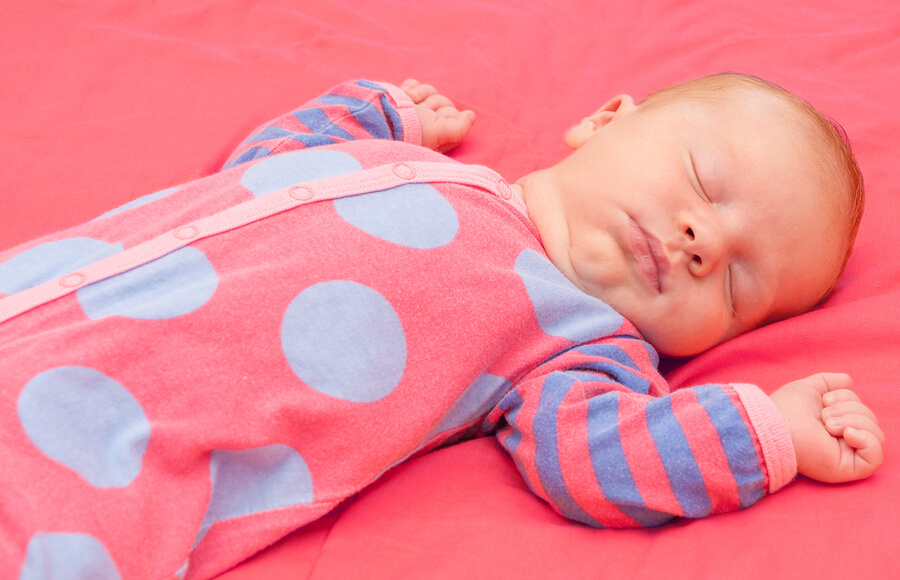
Why Can't Babies Sleep on Their Stomach? New Parenting Rules - FamilyEducation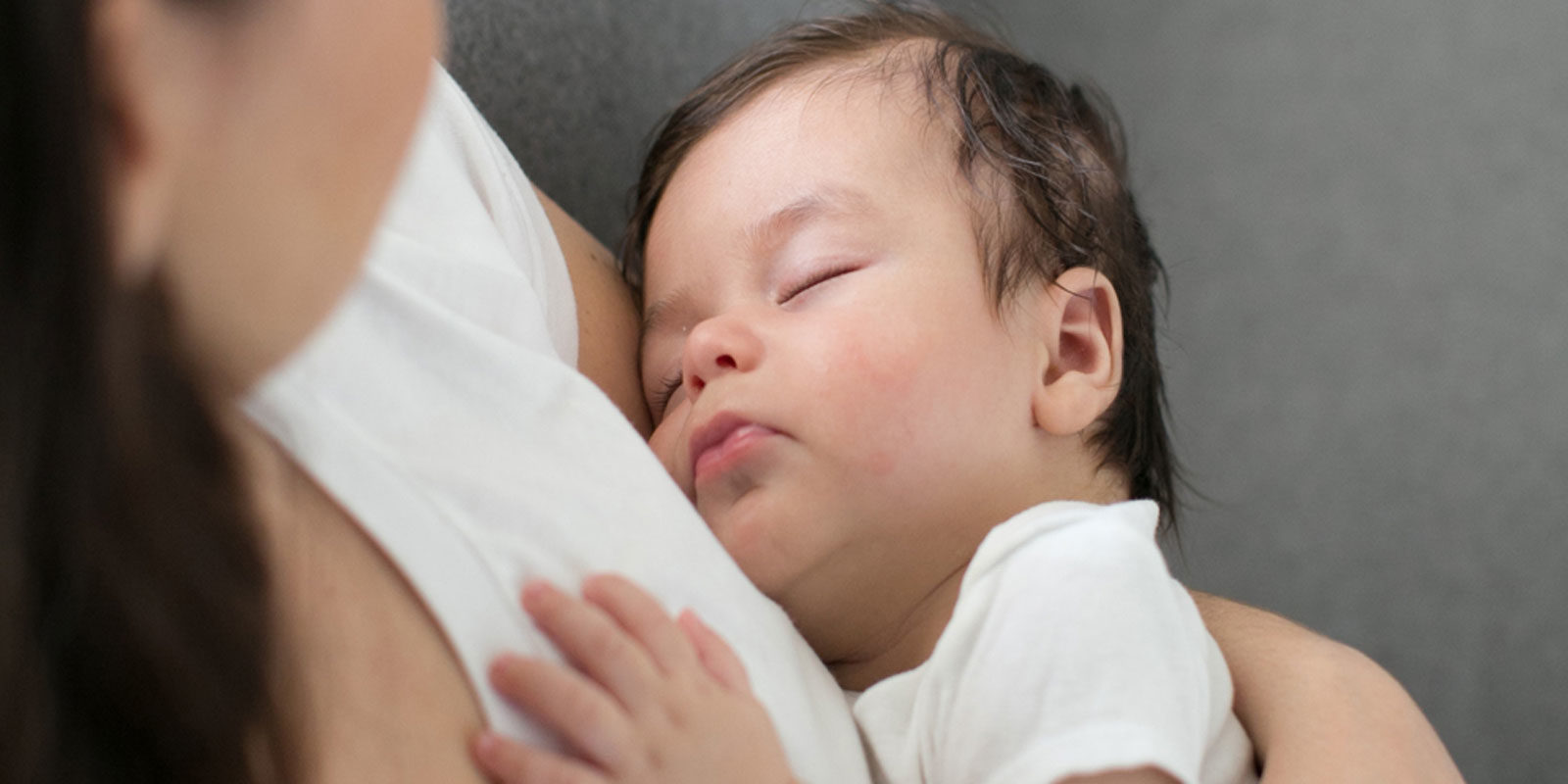
Signs Your Baby is Overtired and How to Help Them Sleep | Dr. Brown's Baby
Baby Won't Sleep On Back – What Should We Do? - ShrewdMommy
Infant sleep problems: A troubleshooting guide
Newborn sleep patterns: A survival guide
Pediatricians Acknowledge The Reality That Babies Sleep In Moms' Beds : Shots - Health News : NPR
Sleep Challenges: Why It Happens, What to Do • ZERO TO THREE
Baby Won't Sleep in the Crib? 5 Reasons Why and What to Do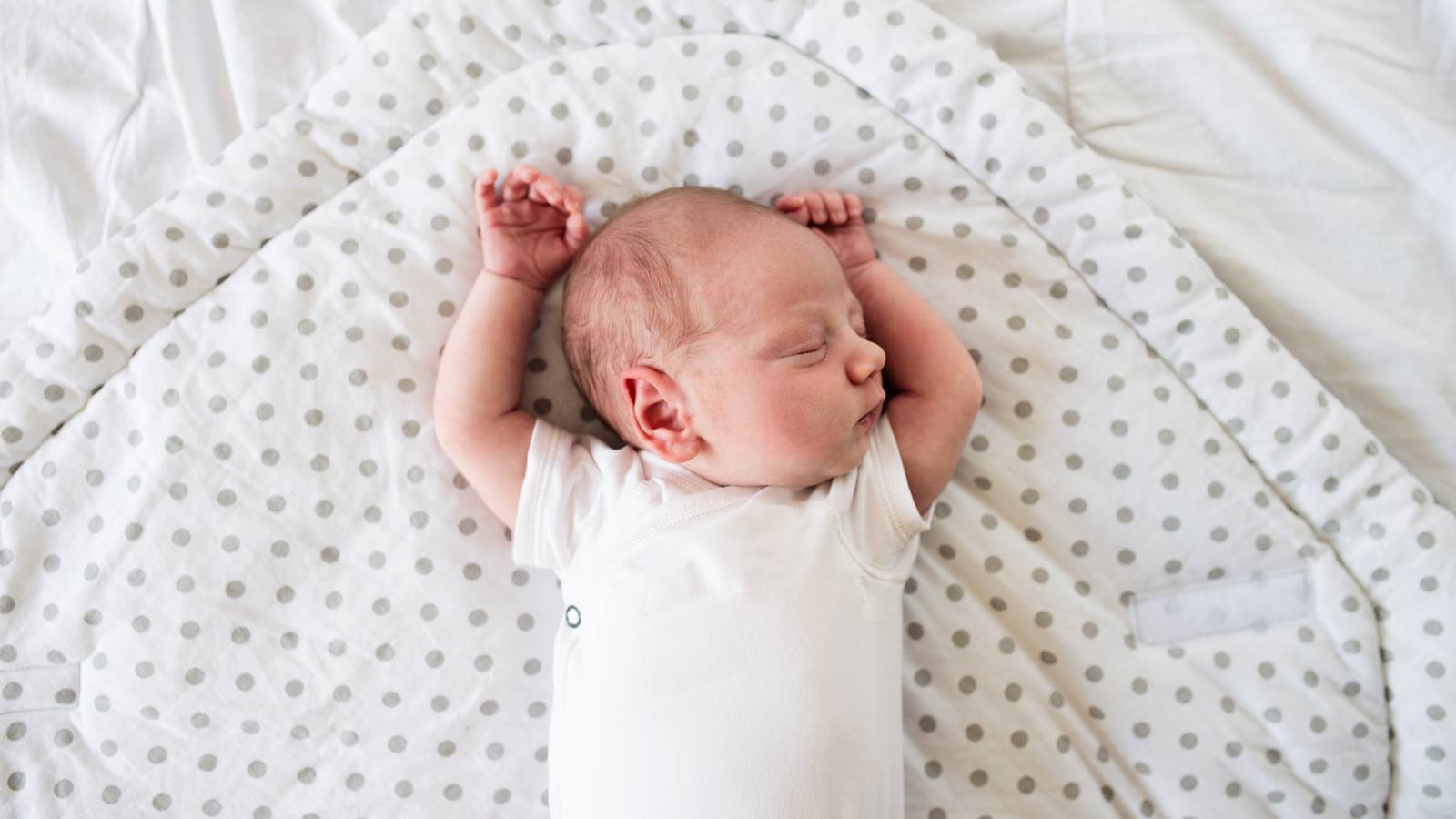
Infant Torticollis: What Parents Should Know About Signs & Treatment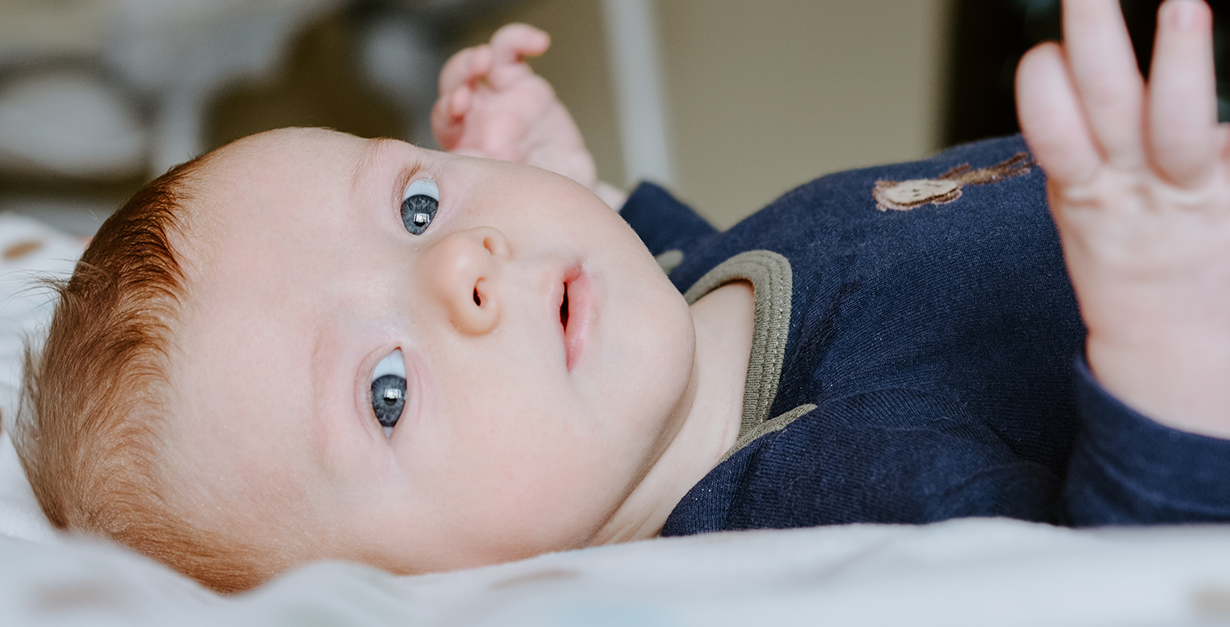
my baby wont sleep Archives - The Sleep Lady
When is it safe to let my baby sleep on his tummy? | BabyCenter | Baby sleep, Baby sleeping on tummy, Putting baby to sleep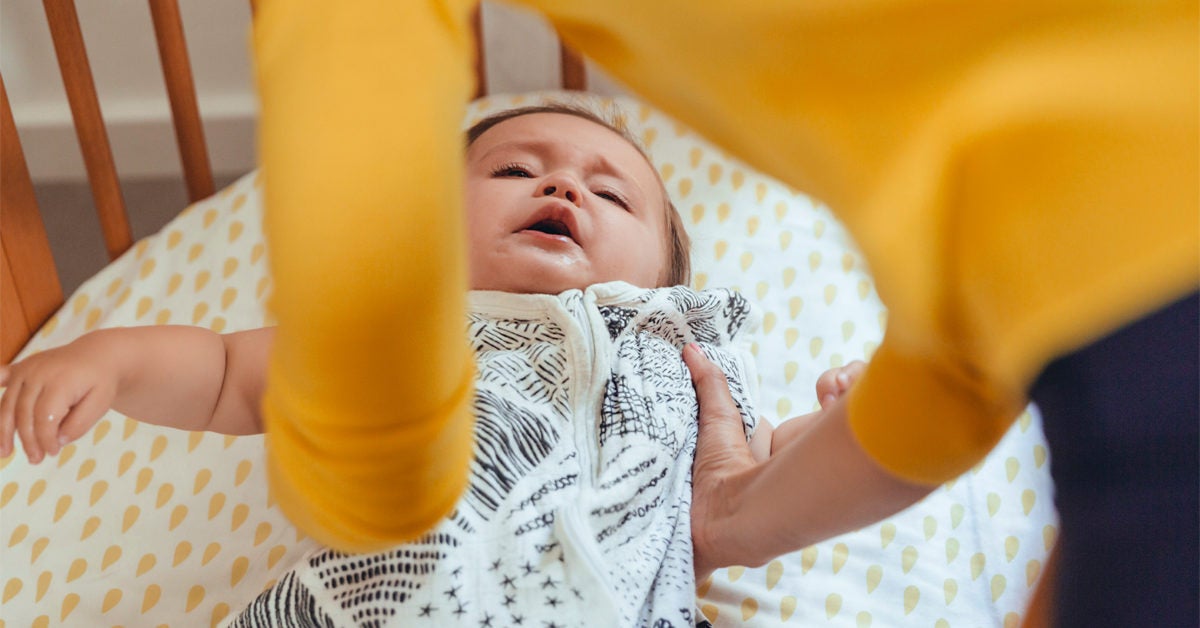
What to Do When Your Baby Won't Sleep in the Bassinet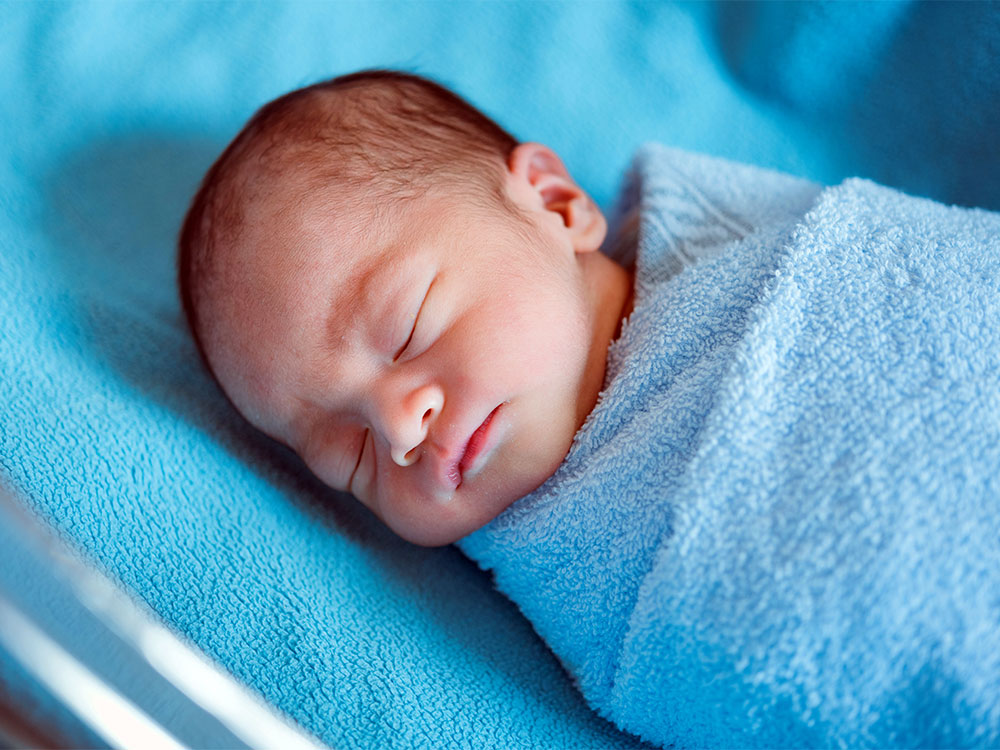
Baby and newborn sleep routines: a guide | Raising Children Network
 My Baby Won't Sleep On Its Back!
My Baby Won't Sleep On Its Back!


































Posting Komentar untuk "baby wont sleep on back"